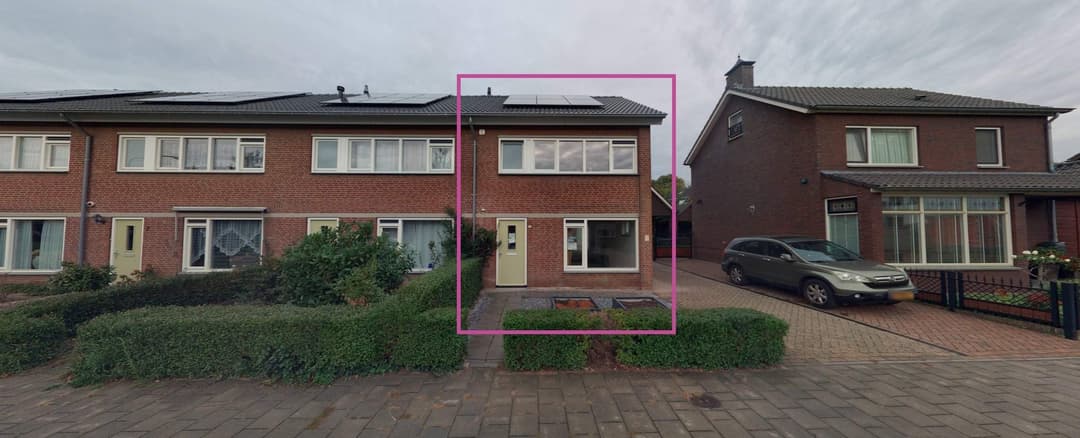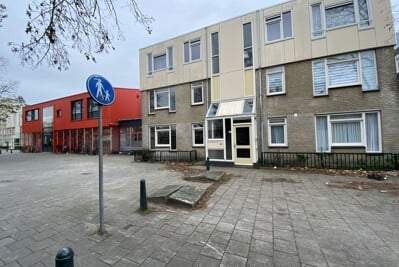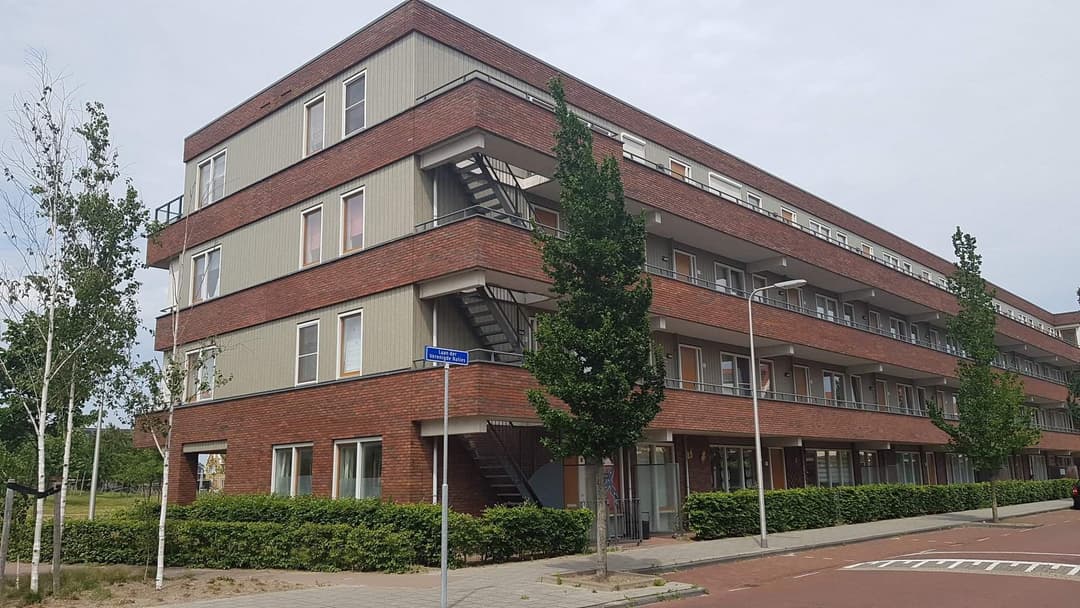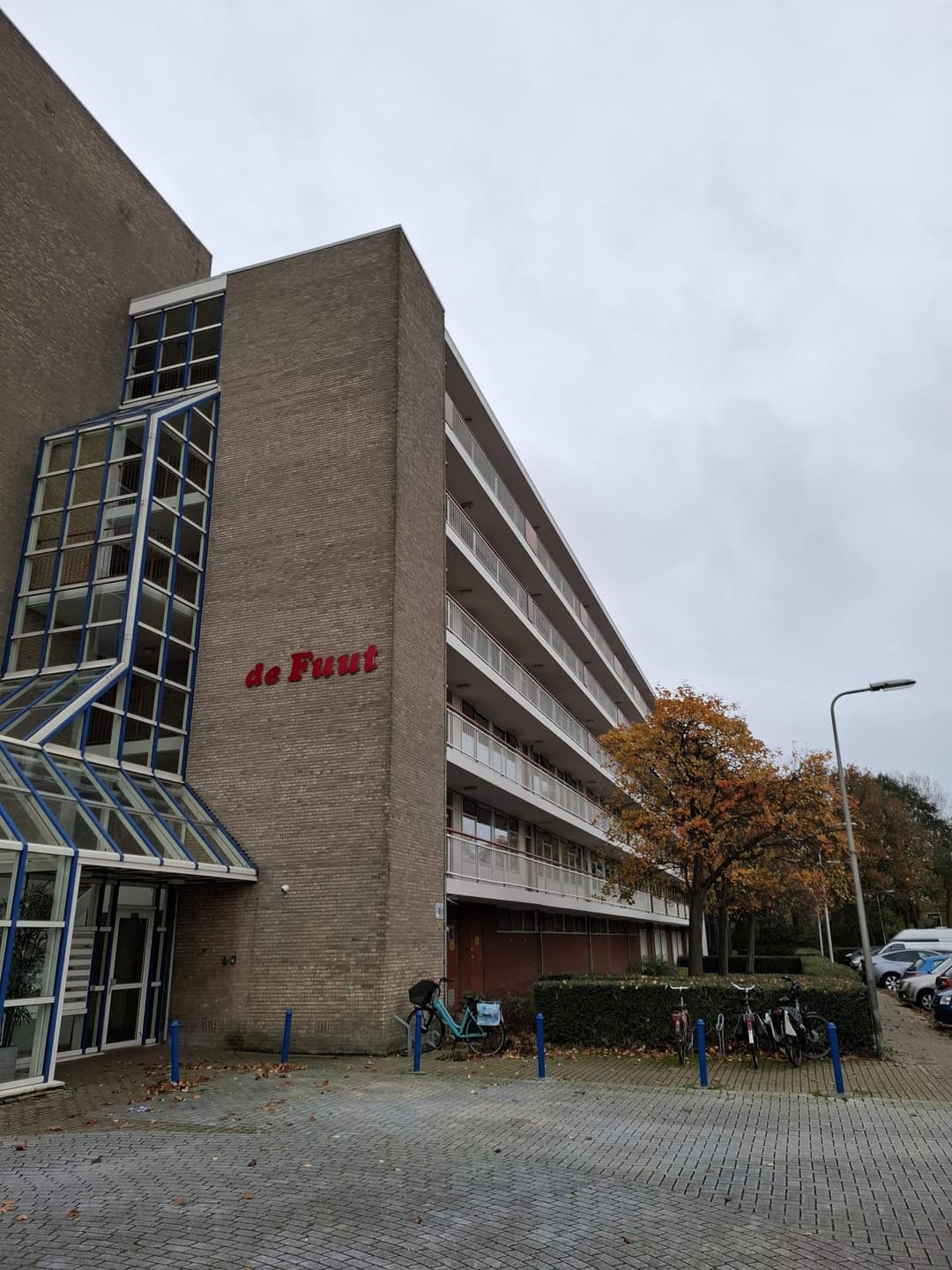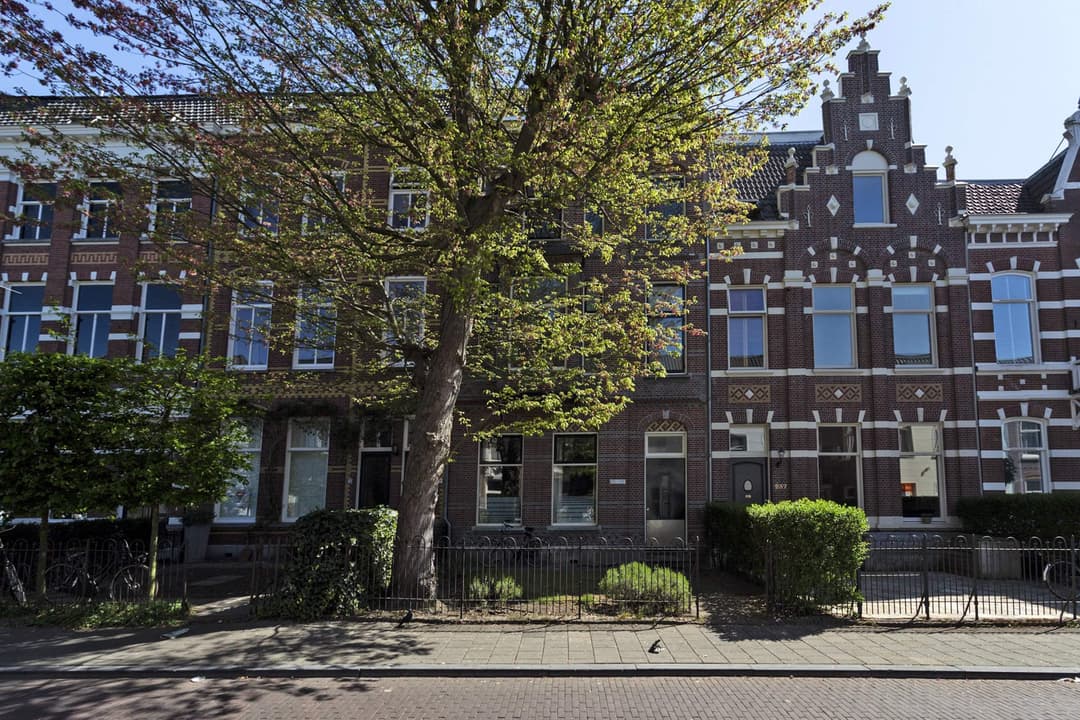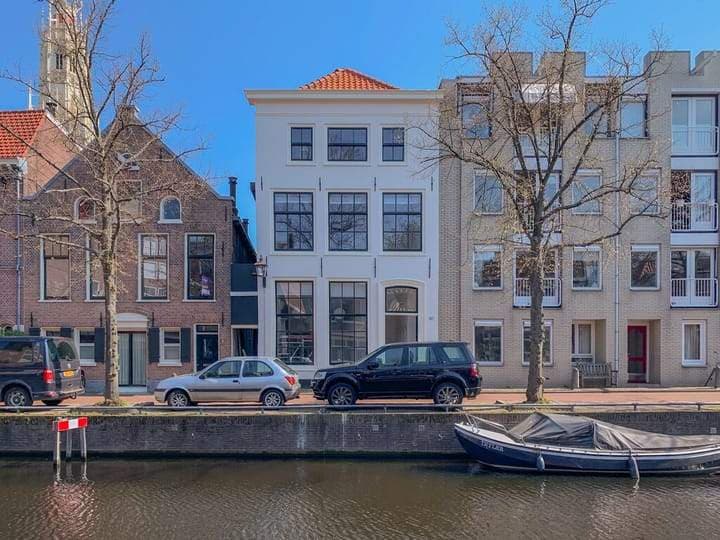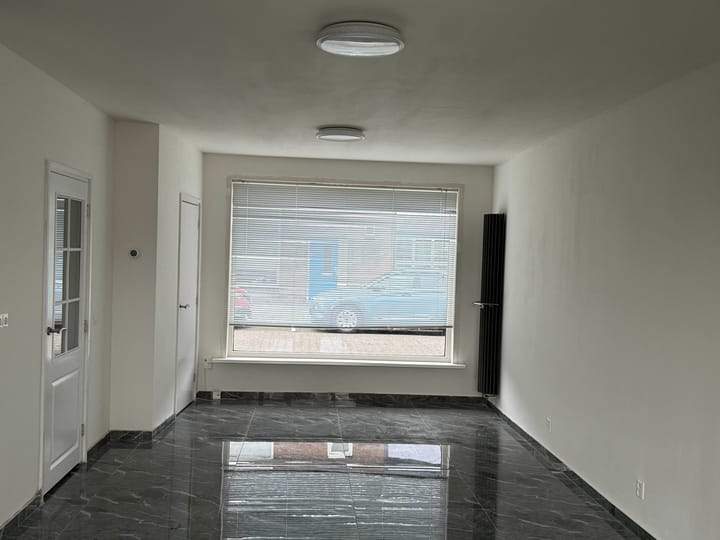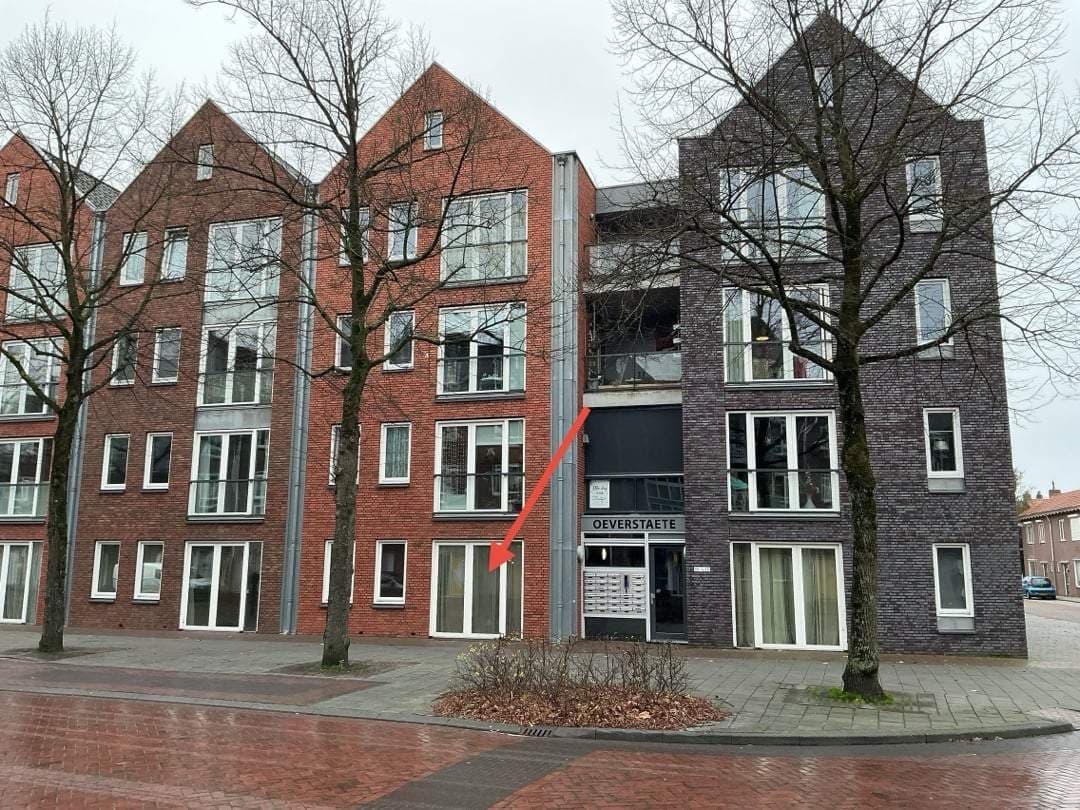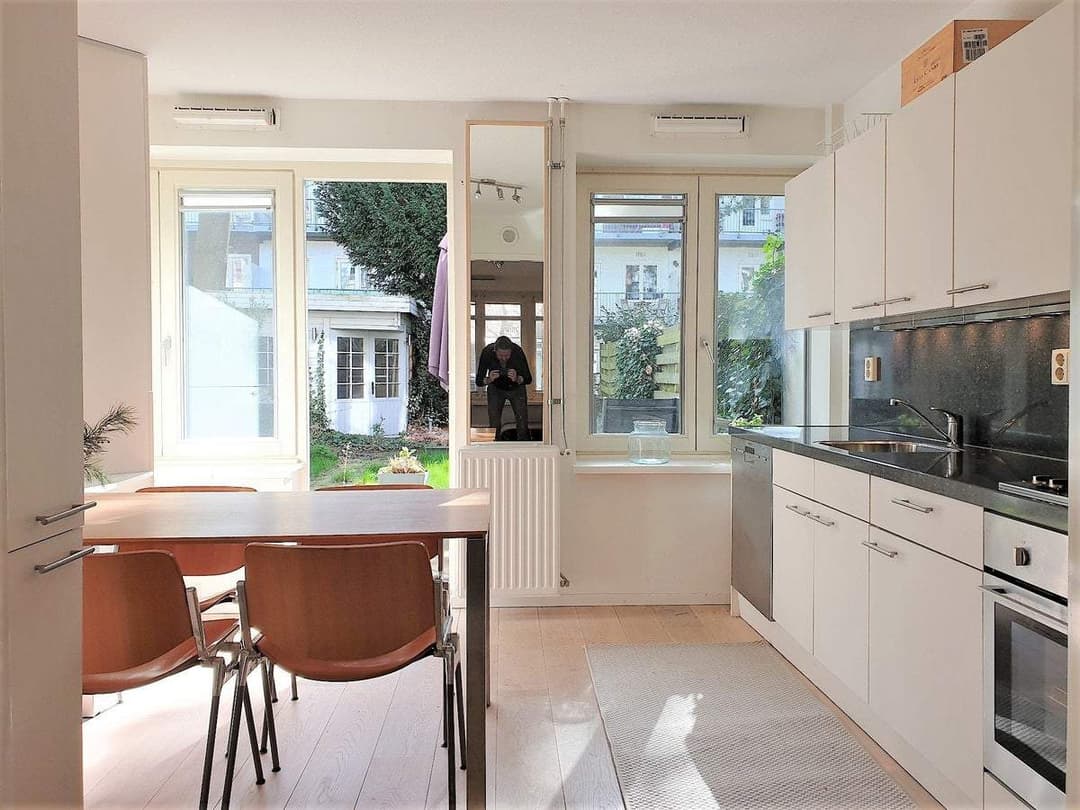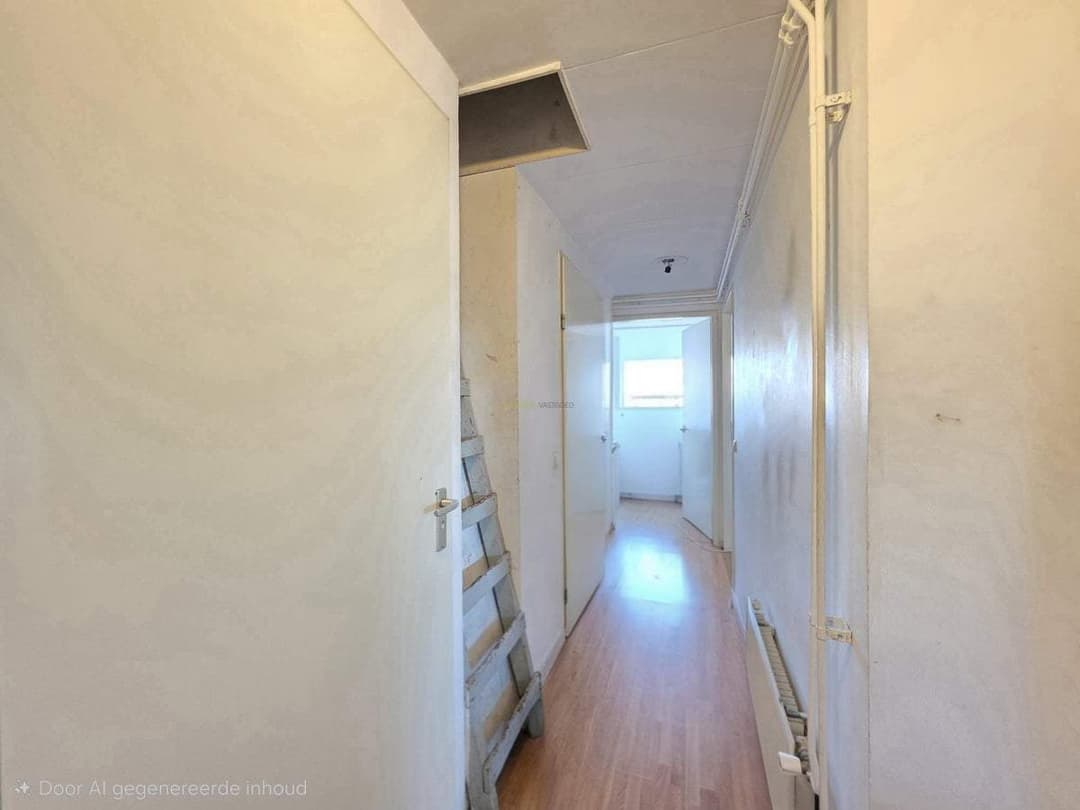Ozone (O₃) - Ground-Level - Luntero
Ground-level ozone (O₃) is a secondary pollutant formed when sunlight reacts with traffic and industrial gases. It tends to build up on warm, sunny days and can travel far from its original source, affecting entire regions. Ozone is a strong irritant that impacts both human health and plant life, playing a major role in summer smog episodes. Keeping an eye on O₃ levels helps people time outdoor activities wisely and supports regional efforts to curb smog formation.
Where does O3 come from?
Ground-level ozone is not emitted directly; it forms when nitrogen oxides (NOx) and volatile organic compounds (VOCs) react in sunlight. The process is accelerated by warm, stagnant weather, which explains higher ozone levels during summer. Since O₃ can travel far from its origin, both local traffic and upwind industrial regions contribute to the ozone measured in a given area.
- Airway irritation
- Coughing and chest tightness
- Reduced lung function
- Worsening of asthma symptoms
- Eye irritation
- Vegetation and crop damage
- Reduced photosynthesis
- Forest stress
- Regional smog formation
- Ecosystem productivity loss
Cities Monitoring O3 Levels
Discover which Dutch cities actively monitor O3 through official air quality stations. Each location provides real-time data that helps track pollution trends, identify hotspots, and improve public awareness. Click a city below to explore detailed measurements and see how air quality compares across the country.
Explore Other Air Quality Components
Air quality is influenced by more than just this pollutant. Explore other key components such as particulate matter (PM10 and PM2.5), ozone (O₃), nitrogen dioxide (NO₂), and the overall Dutch Air Quality Index (LKI). Each pollutant plays a different role — from traffic emissions to sunlight-driven reactions — shaping how clean the air feels and how it impacts health and the environment. Discover how these components interact and learn which pollutants matter most in your area.
Dutch and EU Air Quality Context
All air quality information on Luntero comes from Luchtmeetnet, the official Dutch air monitoring network operated under national and EU standards. This ensures that every measurement—whether for NO₂, PM, O₃, or the LKI index—is consistent, transparent, and comparable across the Netherlands and other European countries.
View Luchtmeetnet data sourceNewest Properties in the Netherlands
Explore the latest properties added to Luntero. Find new apartments, houses, and studios across the Netherlands — updated daily to help you discover your next home faster.
Quick links

LUNTERO
Find your way home in the Netherlands with 20,000+ rental listings at your fingertips!
Check out our other helpful apps:
Dutch rentals and housing platform
Netherlands rental guides
Dutch renting handbooks and checklists
Netherlands rental market data
Netherlands housing resources
Popular rental searches in the Netherlands


© 2025 Luntero. All rights reserved.





